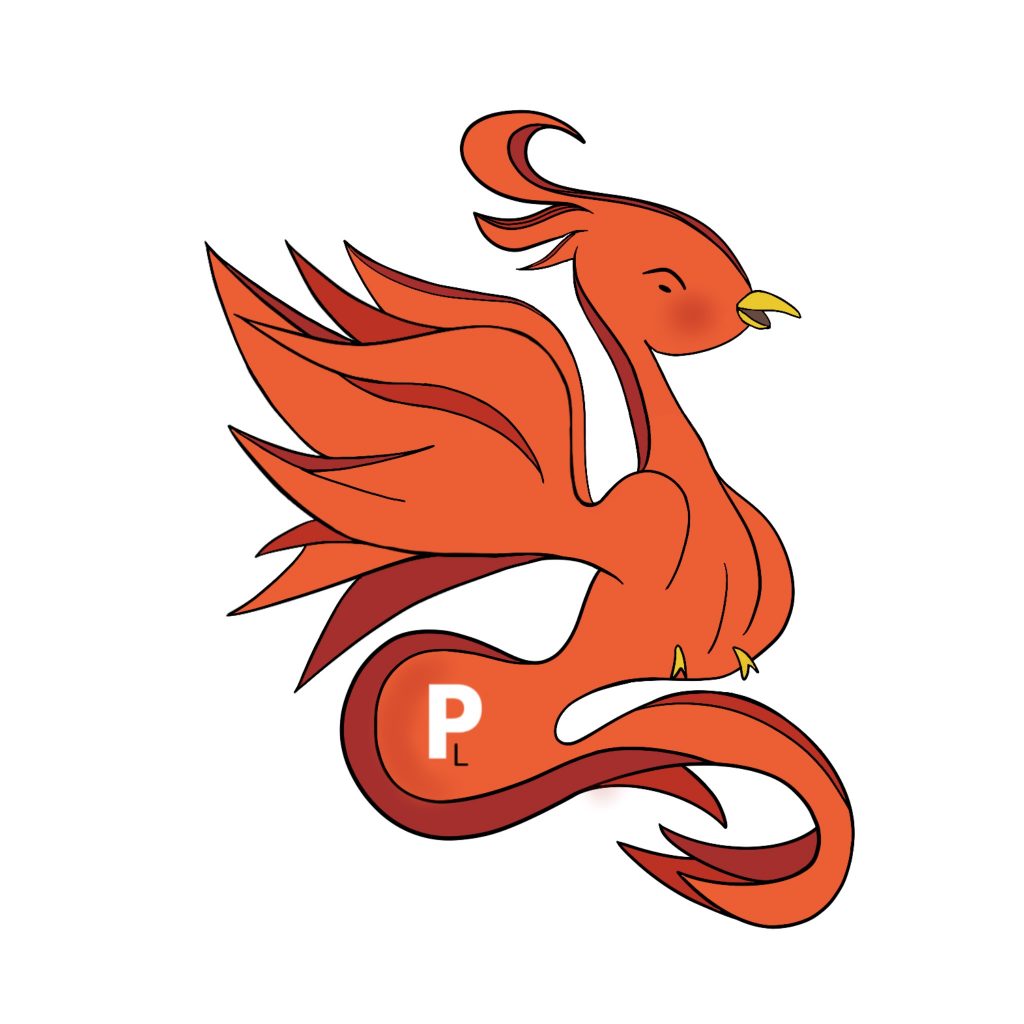Writing the perfect CV is like searching for the Holy Grail; there is plenty of advice, clues and conflicting evidence, but can you ever write the perfect CV? Well, I would suggest there is no “perfect CV”. There are, however, some fundamental steps that every prospective candidate should take to give themselves the best chance of being employed.
1. Tailor your CV to the job!
Whether it’s your tenth or a hundred a tenth application, making sure that your CV is tailored towards the job you’re applying for is crucial. It may be tempting to produce a general CV and use this for every job you apply for; however, each job will have different job specifications. It is crucial that you contextualise your experiences so that each of them aligns with the job’s requirements.
This is the best way to demonstrate to any potential employer what you’ve done and how those experiences can directly contribute to their organisation. Once you’ve produced a few CVs, each new job should only require tweaking an old CV to make sure that it aligns with the job you’re applying for!
2. Already got tonnes of experience? Make sure you only include what's relevant!
Whether you’re a recent graduate or looking to switch careers, you need to ensure that you’re selective in what you put on your CV. It may be tempting to include everything you’ve done on your CV, but you have to remember, recruiters only want to read about relevant experiences. If a job states they need someone who can “think about the big picture” and demonstrates “excellent oral and written communication”, then try and include examples of work and voluntary experience where you have shown your ability to think about the big picture or where you have demonstrated excellent oral and written communication.
3. Edit, edit, and edit some more!
It cannot be stressed enough how valuable it is to return to written work with fresh eyes. The process of writing isn’t linear and nor does it need to be. Don’t worry if you end up constantly going back, tweaking, editing and rearranging aspects of your CV. This is normal, and is part of the process.
Part of the editing process should also focus on correct use of grammar, syntax, and correct spelling. You have already done all the hard work; you already have all of the experience, so don’t discount yourself from the selection process because of sloppy grammar and spelling!
4. Don't be shy, be proud of your accomplishments!
The number one error people commit when writing their CV is listing their job and then bullet pointing their responsibilities underneath. Employers don’t want to know what you were responsible for; they want to see what you achieved! If you improved something in the workplace, increased the organisation’s performance, improved sales, or helped a fractured and exhausted team working from home during the pandemic come together by implementing procedural changes, then be sure to highlight this!
5. Use action verbs.
Following the last point, it will become easy to list your accomplishments and spotlight your successes if you use action verbs and “I” not “we”. Too many CV’s include vague language such as “hardworking”, “team player”, “passionate”, and “enthusiastic”. This doesn’t tell your prospective employer much, especially when every application lists the same qualities.
Stand out from the crowd by delivering a punchy CV using action verbs. I’ve included a few examples below.
Project Management:
- I Organised departmental reviews and located inefficiencies in our team and took corrective action.
- I Invited external industry experts to give guest talks.
- I Managed a team of six people and successfully delivered the project on time and under budget.
6. Use the STAR system!
When you list examples of your experience, make sure to utilise the STAR system. STAR stands for, “situation, task, action, result”. This keeps your CV concise and to the point.
For example:
January 2020 – January 2021
Woof Pet Supplies
S – Pet food wholesaler to the agricultural industry.
T – Managing distribution and preparing for increased demand over the summer.
A – Employed five extra drivers to meet the summer demand and increase the company’s delivery capacity.
R – Affected a sales increase of 15% compared to the same time last year.
7. Ask for help!
Don’t be afraid to ask for help. If you have a friend, relative or colleague whom you think could give you valuable advice, then make good use of them! Even better, if you know someone in the industry you are applying for, send them your application before submitting it. Calling on others for help is not a weakness but a strength that could help you land the job you want.
8. Size matters!
Bigger is always better, right? Wrong! Recruiters have a lot of applications to go through and not much time to read them. Make sure that your CV is no longer than two pages!
9. Make it presentable
Following on from the previous point, it is essential that you construct your CV so it’s sharp, to the point and easy to read. This means that formatting is a big part of a successful CV.
Remember:
- Use a consistent size and style of font – The recruiter is less likely to read your report if you’ve put everything in size nine so you can fit everything on the page!
- Keep it simple – Unless you’re in a creative industry that may benefit from a more stylistic format, the more straightforward the CV is to read and navigate, the better!
- Make sure your formatting translates into a converted PDF correctly!
10. Include your personal details
According to Harvard University’s career experts, this is one of the most common mistakes when writing a CV. In the past, it was enough to include your name, address and contact number. However, it’s critical that you include your email too. If you want to go the extra mile and impress recruiters, include your LinkedIn or website exhibiting your portfolio.
However, there are several things that you need to avoid including. Remember, this is a job profile, not a hinge profile!
- Don’t include a picture unless expressly asked to do so. Including a photo of yourself is not appropriate for most professions and will make you look unprofessional and possibly leave you vulnerable to the recruiter’s unconscious bias.
- Don’t include your age. Other than risking triggering the unconscious bias of the recruiters, it’s not your age but your experience that’s going to land you the job!
Remember: By failing to prepare, you are preparing to fail
If you’re reading this blog, you’re already avoiding the last common mistake, poor preparation. Ensure to research all facets of the application from the job requirements and essential criteria to constructing a CV. If you implement each of the steps listed here, you’ll be one step closer to that killer CV and dream job!

By Tom Coyne
16/09/2021
Discover More
Categories
Contact Us
Read More From Phoenix Learning
How To Make The Most Out Of Your Linkedin Profile
The jobs market is changing. The days of walking into a business and handing in your CV is slowly fading...
Read More ➤Equality & Diversity: Supporting Learning Difficulties
How can employers cultivate a workplace of equity and diversity? We wanted to illustrate ways an employer can support employees...
Read More ➤The Toxicity of Hustle Culture: Why Balance is Key
When Covid haltered standard living, we were told to stay productive, keep our spirits high, find a new 'hustle'. This...
Read More ➤






